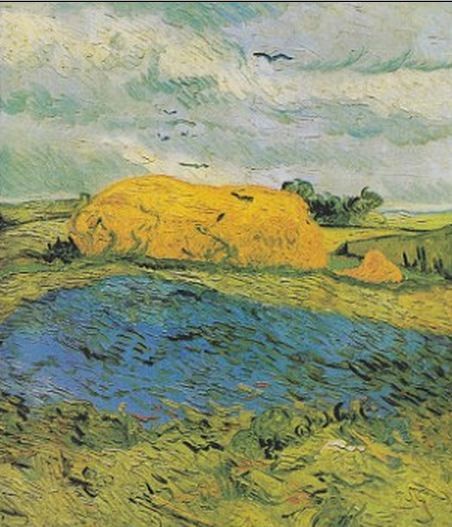The famous but eccentric Dutch painter Vincent van Gogh is world famous for his dazzling and wild use of the brightest colors.
But today, 124 years after his death in 1890, some of his masterpieces are fading into white or losing their colors rapidly. It's a mystery that's puzzled art lovers but has now been solved by scientists.
The culprit that's turning van Gogh's paintings white is a type of lead called "plumbonacrite" used in oil colors.
Plumbonacrite was one of the first synthetically-made paints known to man and was popular with van Gogh, who used paints containing this substance.
Unfortunately for van Gogh, plumbonacrite degrades colors when exposed to light, according to scientists at the University of Antwerp.
To discover this reason, these researchers examined a tiny white piece of van Gogh's painting, "Wheat Stack Under a Cloudy Sky" painted in 1889.
By inspecting the speck under a microscope and using x-ray lasers, researchers were able to determine what minerals it contained. It was discovered the speck was originally red and contained plumbonacrite.
Scientists took a microscopic flake of paint from the pond in the painting and found that beneath the surface, the bright red lead pigment originally used was still there but had degraded to a grey and white color on the painting's surface.
They believe sunlight caused the original red pigment to be converted into plumbonacrite, which reacts with carbon dioxide in the air to form the white crystals. They also believe the impurities in the original red lead pigment, also known as minium, may have triggered the degradation, said a story in The Daily Mail.
Knowing plumbonacrite may fade the color originally intended, researchers hope curators will rethink how van Gogh's paintings are displayed in light.



























